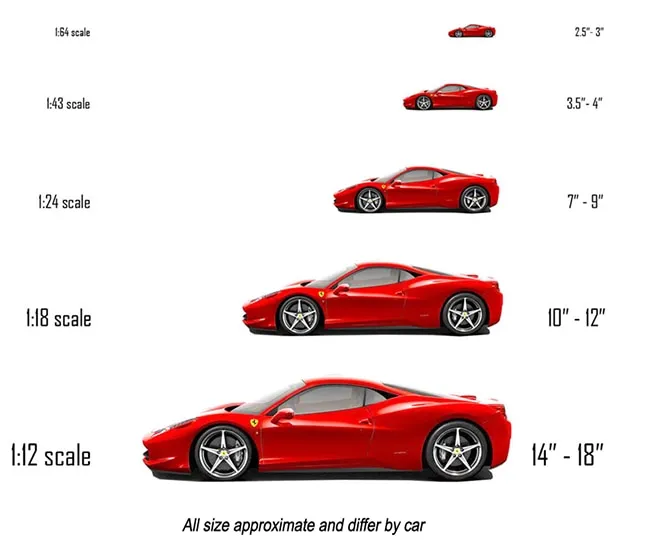Understanding Diecast Scale Models
Diecast scale models are miniature replicas of real-life vehicles, meticulously crafted to capture the details and essence of their full-sized counterparts. These models are not just toys; they are collectibles, display pieces, and a testament to the artistry and engineering of the vehicles they represent. Understanding the concept of scale is fundamental to appreciating and collecting these models. The scale is a ratio that represents the relationship between the model’s size and the actual size of the vehicle. For instance, a 1:18 scale model is 1/18th the size of the real car. This ratio allows collectors to build diverse collections while maintaining a consistent aesthetic and allowing for manageable storage and display.
Why Scale Matters in Diecast Models
Scale is the cornerstone of the diecast model hobby, impacting everything from the model’s size and detail to its cost and the space required for display. The chosen scale dictates the level of detail that can be incorporated, the materials used, and the overall aesthetic. Larger scales, like 1:18, often allow for more intricate details, such as opening doors, detailed engine compartments, and realistic interiors. This level of detail usually comes with a higher price tag. Smaller scales, like 1:64, are often more affordable and take up less space, making them ideal for building extensive collections. The scale also influences the visual impact of your collection. A well-curated collection of models in a consistent scale can create a stunning display, reflecting the collector’s passion and attention to detail. Choosing the right scale involves balancing personal preferences, available space, and budget.
Common Diecast Scale Sizes
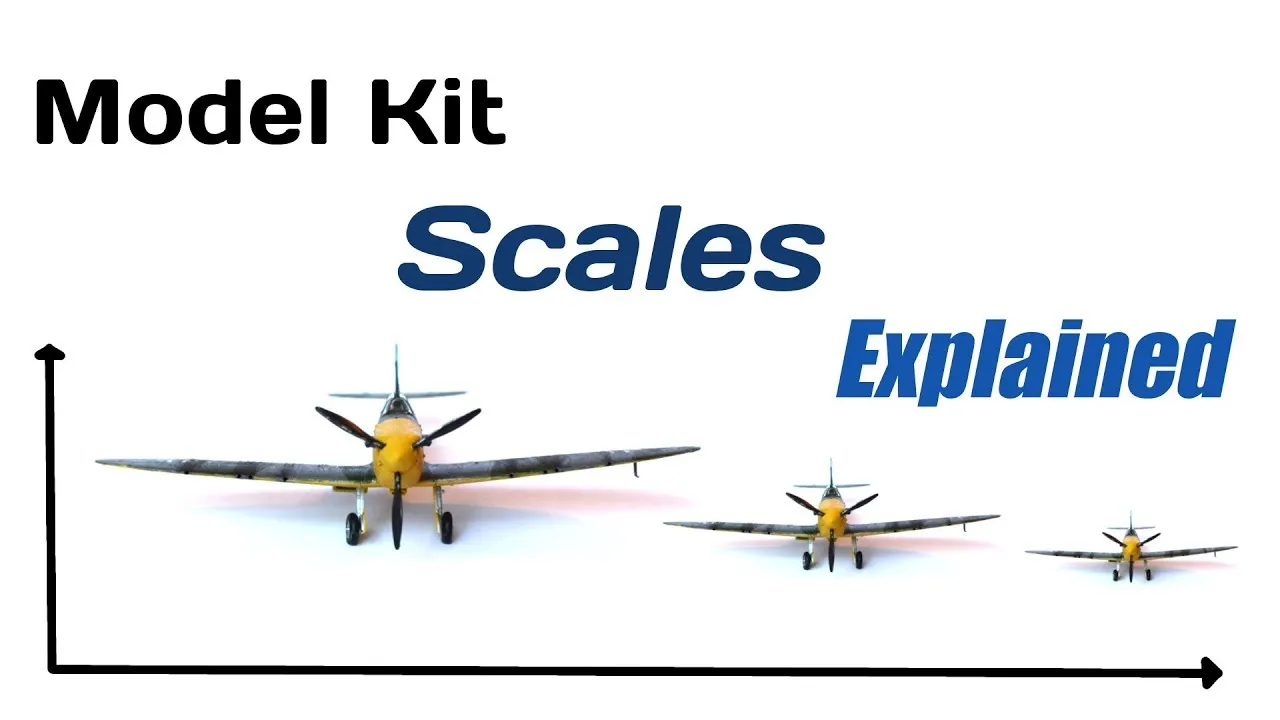
The world of diecast models offers a vast array of scales, but some sizes have become industry standards, dominating the market and the collections of enthusiasts. These scales provide a good balance of detail, size, and availability. Understanding these common scales is essential for anyone venturing into the hobby, as it helps to navigate the choices and find models that fit both your display space and your collecting goals. These popular scales are readily available, ensuring collectors can find a wide variety of vehicles, from classic cars to modern supercars. Each scale offers a different collecting experience, with varying levels of detail and considerations for display and storage.
1:18 Scale Models Details
1:18 scale models are among the most popular choices for diecast collectors, prized for their impressive size and remarkable level of detail. These models typically measure around 10-12 inches in length, allowing for intricate features like opening doors, hoods, and trunks, as well as detailed engine compartments and interiors. The larger size also permits the use of high-quality materials and detailed paintwork, resulting in models that look and feel premium. 1:18 scale models are ideal for collectors who prioritize realism and enjoy showcasing the finer details of their miniature vehicles. They are perfect for display, allowing enthusiasts to appreciate the craftsmanship and the careful reproduction of iconic cars and vehicles. The level of detail often includes working steering, suspension, and even realistic seat belts.
1:24 Scale Models Overview
1:24 scale models offer a compelling compromise between detail and affordability. They are smaller than 1:18 scale models, usually measuring about 7-9 inches, making them more manageable for display and storage. The reduced size, however, doesn’t mean a compromise on quality. Many 1:24 scale models feature detailed interiors, realistic paint finishes, and opening parts. They are often more accessible than their larger counterparts in terms of price, making them an excellent choice for collectors who are just starting or those who want to build a diverse collection without breaking the bank. 1:24 scale models provide a fantastic balance between detail, cost, and display space. These models are a favorite among many collectors. This scale allows for a wide selection of vehicles and offers a satisfying level of realism.
1:43 Scale Models Guide
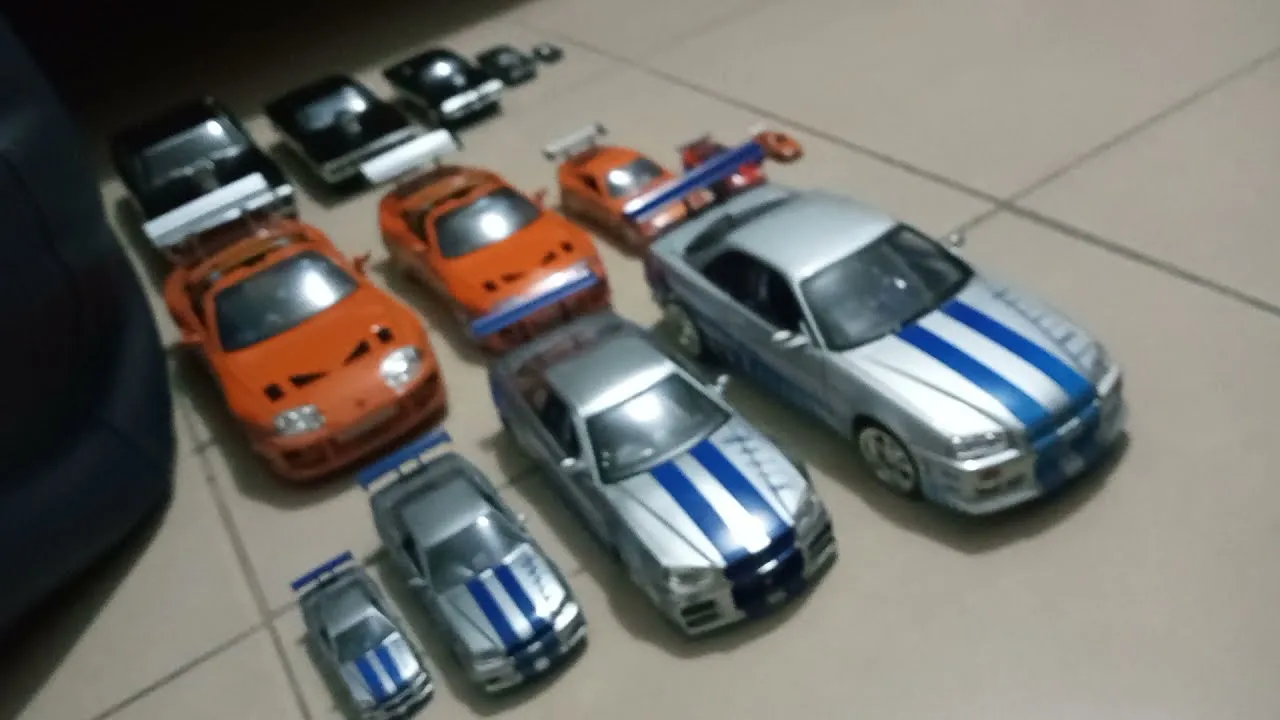
1:43 scale models are a staple in many diecast collections, appreciated for their compact size and broad availability. Measuring approximately 4-5 inches in length, these models are easy to display and store, making them perfect for building large and diverse collections. Despite their smaller size, 1:43 scale models often feature a high level of detail, particularly in the paint finish and the overall design. They are also incredibly popular, leading to an extensive range of vehicles, including classic cars, race cars, and everyday vehicles. For collectors, the availability of a vast array of models in 1:43 scale offers the opportunity to curate very specific collections, such as historical racing series or a particular brand of car. This scale is a great choice for both new and experienced collectors.
Other Popular Diecast Scale Sizes
Besides the commonly found scales, the world of diecast models offers other scales to cater to different tastes and needs. These scales provide alternatives for collectors with specific preferences, such as those who want to focus on a particular type of vehicle or desire models that fit limited display spaces. These scales may not be as readily available as the main scales, but they offer collectors unique opportunities and the chance to build specialized collections. Exploring these alternative scales can bring you to discover new favorites and expand your collecting horizon. Each scale can provide a slightly different collecting experience, affecting the kind of models you find and how you display them.
Factors to Consider When Choosing a Scale
Choosing the right scale for your diecast model collection involves considering various factors to ensure that the collection aligns with your personal preferences, available space, and financial resources. Making an informed decision will lead to a more fulfilling collecting experience. Think of the display space, the amount of area you are able to dedicate to showcasing your models. This is a fundamental factor; larger scales need more room, so smaller scales might be a better fit if you live in a smaller apartment. Consider the type of vehicles that you want to collect. Some scales may offer more variety in the types of vehicles available. Also, be realistic about your budget. Larger scales often come with higher price tags due to the complexity and the materials. Take all this into consideration before making a choice.
How to Use a Diecast Scale Model Size Chart
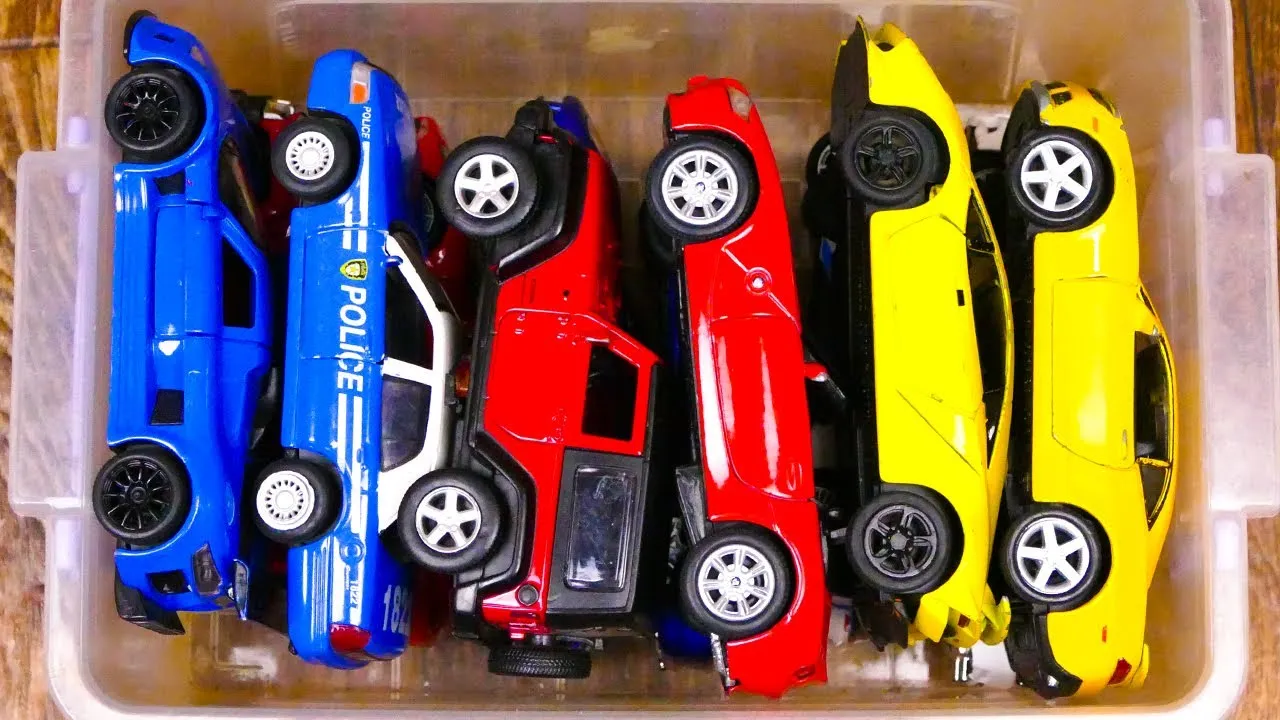
A diecast scale model size chart is an essential tool for collectors, helping to understand the dimensions of models and plan their collections effectively. The chart typically lists common scales (such as 1:18, 1:24, 1:43) and provides the corresponding model length and sometimes other dimensions, such as width and height, based on the actual vehicle’s measurements. This is a very helpful resource when you’re comparing different scale models. By using a size chart, you can visualize how the models will look alongside each other and determine the space required for your collection. Size charts are easily found online or can be provided by model retailers and are a must-have resource for any collector serious about managing their collection. Using the chart will help you in your collecting journey.
Reading the Size Chart
Reading a diecast scale model size chart requires a basic understanding of scale ratios and how they relate to the actual vehicle’s dimensions. The chart shows the scale, the real-world measurements, and how these sizes translate into model dimensions. For example, if a size chart lists a 1:18 scale model of a car that is 180 inches long in real life, the model will be 10 inches long (180 inches / 18 = 10 inches). The chart also helps you compare different scales and visualize the relative sizes of various models. Understanding the chart is necessary to effectively plan your display space, manage storage, and make informed purchasing decisions. Many charts may also include conversions between inches and centimeters, which is helpful for international collectors.
Converting Scales and Measurements
Converting scales and measurements is a valuable skill for diecast model collectors, particularly when you are planning your collection and comparing model sizes. Converting between scales involves using the scale ratio to calculate the model’s dimensions. For example, to find the length of a 1:18 scale model of a real car that is 200 inches long, you would divide 200 by 18, resulting in a model length of approximately 11.1 inches. Knowing how to convert measurements allows you to compare different scales accurately. If you are comparing a 1:18 scale model to a 1:24 scale model, knowing the conversion will help you visualize their relative sizes. This skill is particularly important if you are planning a display layout and you’re working with mixed scales.
Tips for Diecast Model Collectors
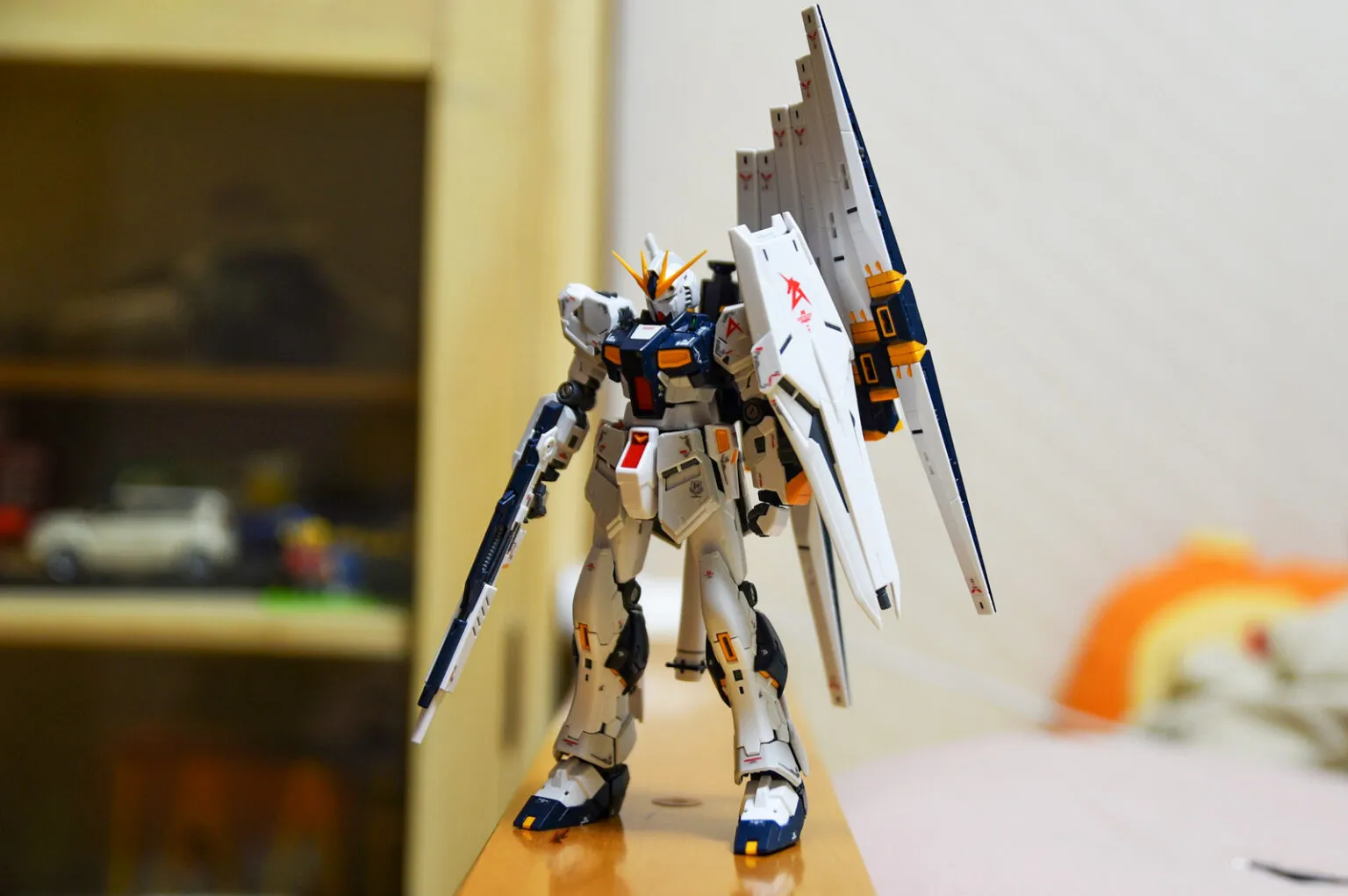
Collecting diecast models is a rewarding hobby, but it’s essential to adopt some best practices to enhance the experience and ensure the longevity of your collection. Always handle the models with care to avoid scratches or damage. Use soft cloths when cleaning your models. Store them in a dust-free environment, away from direct sunlight and extreme temperatures, to preserve their paint and details. Research the models you are interested in, understanding their history and rarity, which can add to the value of your collection. Build a community with other collectors. Join online forums, and attend model shows to share knowledge and find rare models. Consider the value of the models over time, if that’s what you want, because this can influence buying and selling decisions. Following these tips will elevate your hobby.
Storing and Displaying Your Models
The storage and display of diecast models are integral parts of the hobby, impacting both the preservation of your collection and its visual appeal. Proper storage protects your models from dust, light, and accidental damage. Consider using display cases or cabinets that offer protection and showcase your models effectively. For display, arrange your models by make, model, scale, or any other system that suits your taste and makes it easy to see the collection. Proper lighting is also very important; it can highlight the details. Rotate your displays occasionally to keep things fresh. Make sure that you have adequate space available for the number of models you are looking to collect. It is very important to consider the long-term preservation of your collection.
Finding the Best Deals and Models
Finding the best deals and models is an exciting part of collecting diecast models, requiring some research and resourcefulness. One of the best places to start is to compare prices from different retailers, both online and in physical stores. Sales and promotions are common, so it pays to be patient and watch for the right opportunity. Explore online marketplaces and auction sites for rare or out-of-production models, but always verify the seller’s reputation and the model’s condition. Build relationships with local model shops and join collector groups, as they often have valuable knowledge and can offer inside information. By being well-informed and taking the time to explore all your options, you can build a collection of exceptional models.
